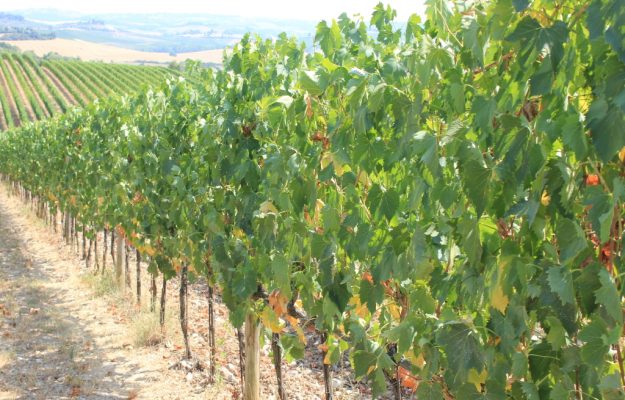Between 2010 and 2022, the turnover generated by the export of wineries (which are in the Alliance of Cooperatives) grew by 130%, outpacing the trend of national wine exports, which grew by 101% during the same period. Overall turnover, over the past 10 years, has also increased by 88 percent, confirming the economic growth and important positioning achieved by Italy's 379 cooperatives, which produce 58% of Italian wine. It emerges from the survey on the degree of internationalization of wine cooperatives, carried out by Ismea for Alleanza delle Cooperative, presented today, in Rome, at the conference “A tutto esportazione, i vini cooperativi alla prova dell’esportazione”, which also formalized the launch of a memorandum of understanding between Alleanza delle Cooperative and Ismea, aimed at analyzing the structural data of the sector, the market and foreign trade, with particular reference to the world of cooperation.
Analyzing the various types of businesses in detail, Ismea’s study of wineries’ balance sheets shows that those that have grown the most over the past 12 years as total turnover have been medium-sized businesses, while those that have managed to perform better in foreign markets are those businesses with turnovers over 50 million euros. Only microenterprises had a drop (-10%) in sales on foreign markets, confirming, explained Carlo Piccinini, president of Alleanza delle Cooperative Agroalimentari, “that if company size drops, there are contractions on foreign markets”.
Moving on to analyze the main markets for Italian cooperatives, Germany is the top export destination country in the European Union (indicated by 79% of cooperatives), followed by France and the Netherlands. Among non-EU countries, the United States ranks first for 65 percent of exporting wineries, followed by Canada and Japan. “These results are the result of the organization that the cooperative sector has been able to give itself”, Luca Rigotti, the coordinator of the wine sector of Alleanza delle Cooperative, comments to WineNews.
“The growth in size of several companies has allowed them to have in-house financial resources, and therefore the ability to invest in foreign markets, but also know-how and competent people who know how to convey these investments in the right way, so as to have a return on them”, added President Rigotti. Who, in his speech, recalled how “the excellent performance of our cooperatives on foreign markets, in recent years, has occurred in a time frame that largely corresponds with the introduction of a European support measure, that of promotion in Third Countries, which has certainly contributed to bringing Italian wine to the world. The measure, which has been confirmed in the national strategic plan of the new Common Agricultural Policy 2023-2027, has, in our opinion, some room for improvement: we hope that more flexibility can soon be introduced especially with regard to the way expenses are reported and variants are presented”.
“The good performance achieved in the last 12 years”, stressed Carlo Piccinini, “must not, however, make us forget the difficulties that the wine sector is experiencing, squeezed between the consequences of the serious surge in production and energy costs, supply difficulties for some materials such as glass and the generalized crisis in consumption due to inflationary pressures. A situation that threatens to make our companies lose competitiveness compared to other major European producer countries”.
Copyright © 2000/2025
Contatti: info@winenews.it
Seguici anche su Twitter: @WineNewsIt
Seguici anche su Facebook: @winenewsit
Questo articolo è tratto dall'archivio di WineNews - Tutti i diritti riservati - Copyright © 2000/2025









































































































































































































